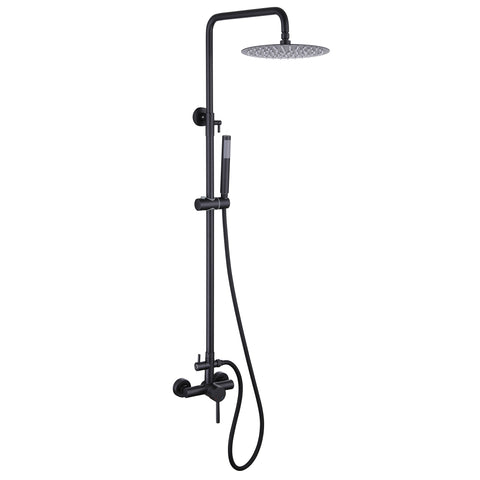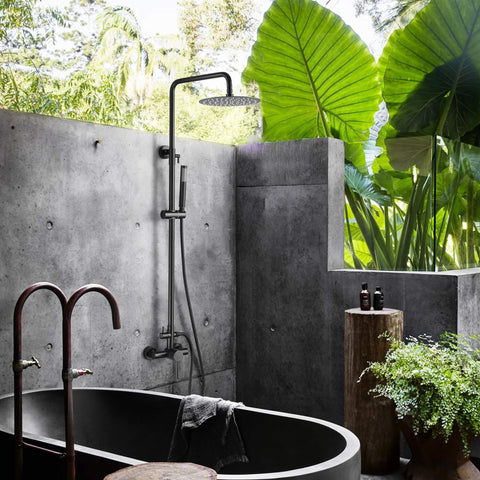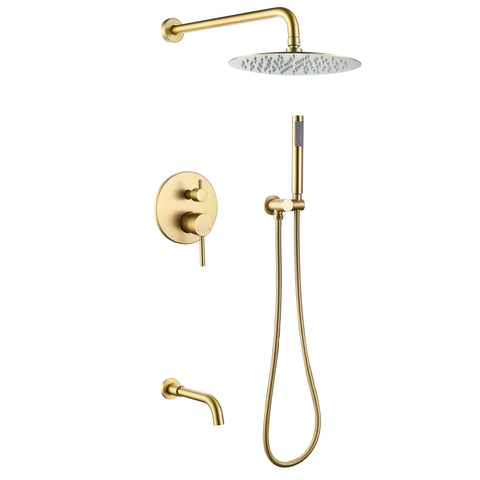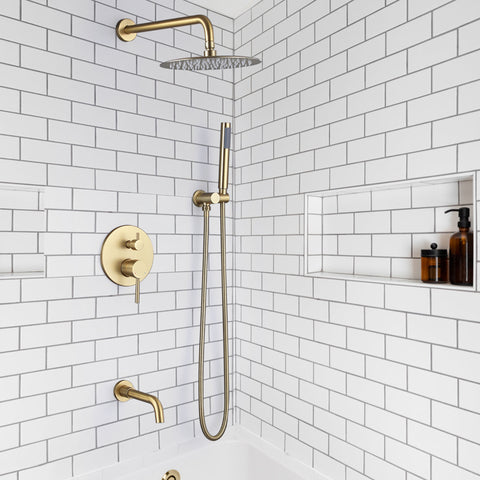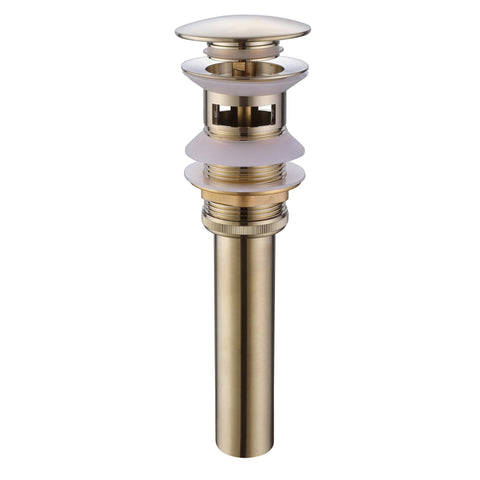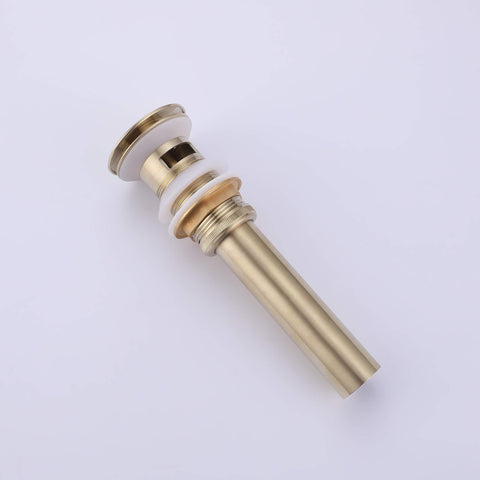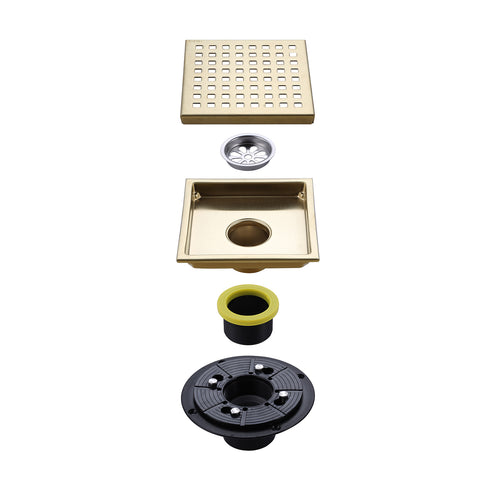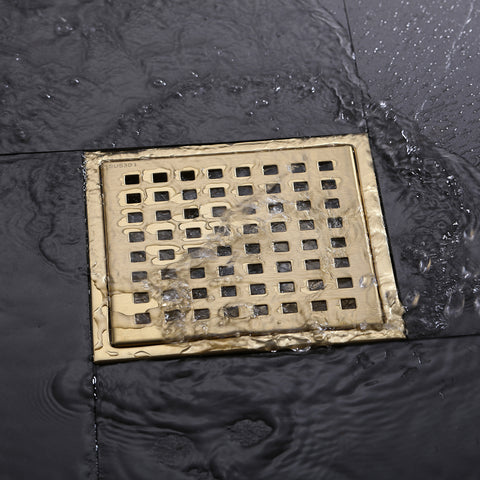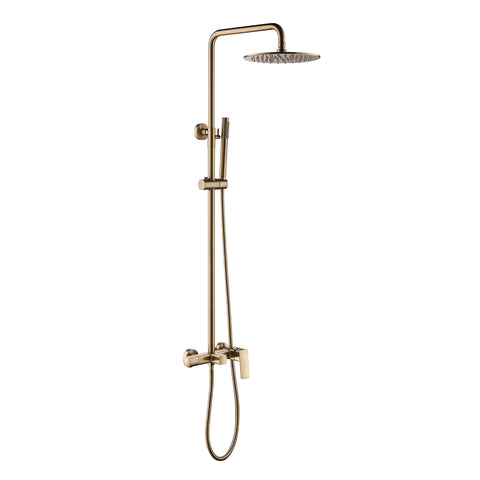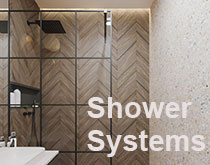How to Fix Low Water Pressure in Your Kitchen Faucet
The kitchen sink is one of the most important fixtures in any home. It's where we wash dishes, prepare food, and fill up glasses of water. However, if you've noticed that your kitchen faucet water pressure is too low, it can be frustrating and inconvenient. Weak water flow makes cleaning dishes difficult and filling a pot slow. But what causes low kitchen water pressure, and how can you fix it? This guide covers common causes and troubleshooting tips so you can restore normal water flow and keep your kitchen running smoothly.

1. Check If the Problem Is Widespread
If multiple faucets in your home have low water pressure, or if your neighbors report similar issues, the problem could be with the municipal supply. In such cases, contact your local water company. If everyone else has normal pressure, the issue is likely inside your home.
2. Inspect the Pressure Regulator
Many homes have a bell-shaped pressure relief valve on the main water line. If the pressure regulator is set too low or has worn out, it can reduce water pressure throughout the home. Turn the screw on top counterclockwise to increase pressure, then test your faucet. If adjustment doesn’t help, the regulator might need replacement.
3. Look for Leaks
Leaks in your plumbing can cause a drop in water pressure. To check, turn off all faucets, read your water meter, wait a few hours without using water, and read the meter again. If it shows increased usage, you may have a hidden leak that needs repair.
4. Inspect Under-Sink Valves and Hoses
Make sure both hot and cold water valves under the sink are fully open. Check the supply hoses for kinks, which can restrict water flow and lower pressure.
5. Clean or Replace the Aerator
A clogged aerator at the faucet tip is the most common cause of low kitchen water pressure. Remove the aerator and clean it thoroughly with vinegar to dissolve mineral deposits. If you can’t remove it, tie a vinegar-filled plastic bag around the faucet spout for a few hours, then rinse. Reinstall and check pressure.
6. Check the Cartridge
Most modern kitchen faucets use cartridges that control water flow and temperature. If clogged, they can cause low pressure. Refer to your faucet manual to remove and clean or replace the cartridge if needed.
7. Inspect Pull-Out Spray Heads
For faucets with pull-out sprayers, mineral buildup in the spray head can restrict flow. Detach and clean it as you would an aerator. If water pressure improves when the head is removed, the spray head is the problem.
8. Low Hot Water Pressure
If only the hot water has low pressure, check the water heater shut-off valve—it may be partially closed. Fully open it and test again. If the problem persists, there may be sediment buildup in the heater or issues in the hot water pipes.
9. Clogged Pipes
Older pipes or those exposed to hard water can develop internal buildup that restricts flow. If cleaning the aerator and cartridge doesn’t solve the issue, you may need a plumber to inspect and clean or replace the pipes.
If your kitchen faucet consistently has low water pressure and the cause is isolated to the faucet, replacing worn parts or installing a new high-quality faucet from RBROHANT can restore strong, reliable flow and improve your kitchen experience.
